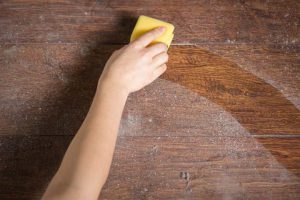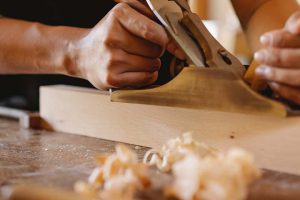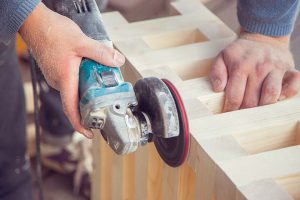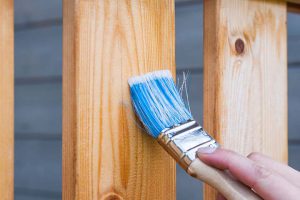How to restore damaged wooden furniture
Every wooden furniture is considered a work of art when it is properly cared for and stored carefully, but unfortunately some finished are subjected to scratches and spills, hence even the highest quality of wood can lose its glow within a period. However, little scratches and stains don’t need any major repairs since they are not that serious and could be fixed with just some little restoration that won’t burn a hole in your pocket. If your wood sees some discolouration from its original wood polish shade, the surface seems sticky, there are visible patches or there are some cracks to the top layer of your furniture, then it is probably time for you to restore your wooden furniture and help extend its life span.
Follow these steps to bring your furniture back to life!

Repair the damage
To avoid any further destruction, the major damage must be repaired. This must be addressed as soon as the damage is seen since the real intensity begins soon after it is ignored. For quick and easy results, a mixture of dish soap and warm water can be used to smoothly clean the surface with either a soaked sponge or a paintbrush. Once the scrubbing has been completed, use fresh water to clean the surface for any residue of soap. After drying the surface, the furniture is then ready for the next step. Sanding can also be used as a measure to even the surface or take out paint stains. This also removes the wood polish that you had previously applied creating a bare surface to be worked on.

Stripping the damaged layer
The stripping is a process also known as removing the old and damaged layer of the wooden furniture with strippers. During application, a thick coat of the material is applied on top of the surface and left to sit perfectly still for a few minutes in order for it to dry. Once the stripper softens and dissolves the top layer of the surface, it is then scraped out using a scraper. There are plenty of industrial machines that do this work, but it can also be done at home at your convenience. Doing it manually also helps pay attention to the small details that most probably would not be caught when used on an industrial machine.

Prepare the furniture
Preparing the furniture is as simple as checking if any further repair is either required or not. This process includes checking for alignment of doors and drawers, fitting of accessories, folding structures, and so on. Making sure everything is in structure and ready to be restored will help fasten the process by a lot.

Finishing
For larger-sized open woods like oak and mahogany, fillers are necessary. The fillers must be matched according to the colour and texture of the furniture to help look more natural. So figuring out what filler works best for your wood is necessary. And finally, the wood polish must be applied to seal the deal. The wood polish helps get into every nook and cranny, fill it up and help the wood regain its shine while helping it last longer.
The easiest way to help your furniture stay shiny and looking elegant is to keep retouching the wood polish and taking care of every minor damage. The damage may look smaller to the naked eye, but if left untreated, it may damage the whole furniture. Even though most restorations might be a little too expensive, it is important to understand that it is more expensive to buy pre-made wooden furniture than restoring the old ones.



